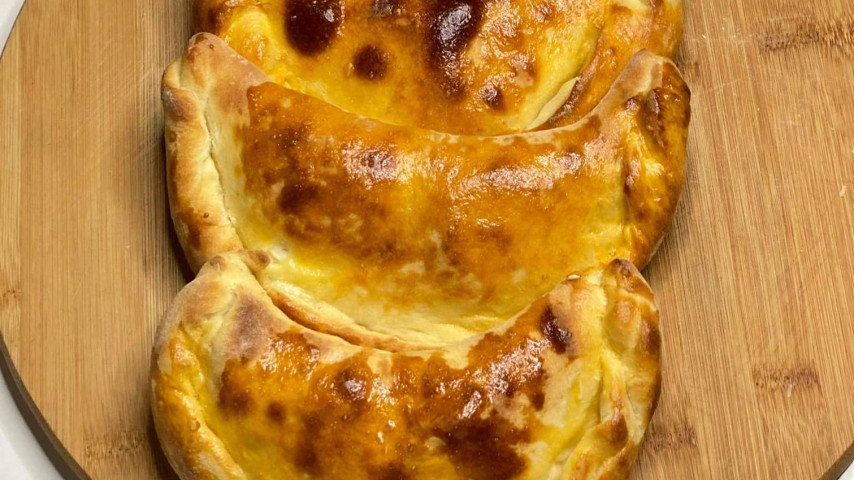BLACK SEA ARENA
BLACK SEA ARENA
The most delicious tradition of Kalanda – Guruli Gvezeli
For the second, New Year’s blog, I will tell you about the essential dish of the guruli Christmas dinner and its amazing history. You might have heard or even tasted guruli gvezeli but do you know the history behind it?
Traditional guruli gvezeli was originally known as a ritual bread in the ancient times, however it was not only made during Christmas. Guruli mothers often prepared it for their newly wed daughters family upon a visit, it was also made when godchild was visiting their godparent, as the guruli gvezeli was a symbol of respect.
I have to point out my favourite tradition which is connected to Kalanda. Every Christmas guruli gvezeli is made for each memmber of the family, and its size is determined by the age of the person for whom it is intended for. A larger gvezeli goes to the head of the family, and the smallest one to the youngest in the family. Guruli gvezeli of the largest shape, with the most eggs, is prepared separately, which is placed in the middle of the festive table and candles are lit on it, as Guruli people believe that their gvezeli brings good luck and prosperity to the family.

This ancient Guruli tradition has been adopted by many regions of Georgia over time. People of Georgia might even remember the shape of the gvezeli. This delicious crescent-shaped gvezeli is associated with warmth of family and unity.
The preparation of traditional guruli gvezeli starts two days before Christmas: well-boiled, shelled eggs should be hung in the fireplace or on the top of the hearth, because it is the smoked egg that gives the gvezeli a special delicious taste. Perhaps you are also wondering why it has the shape of a half-moon? Because this kind of shape has always been associated with the celestial bodies and their strength for the Guruli people.
It doesn't take a lot of time and effort to prepare guruli gvezeli, so enrich your Christmas table and make a traditional guruli gvezeli.



